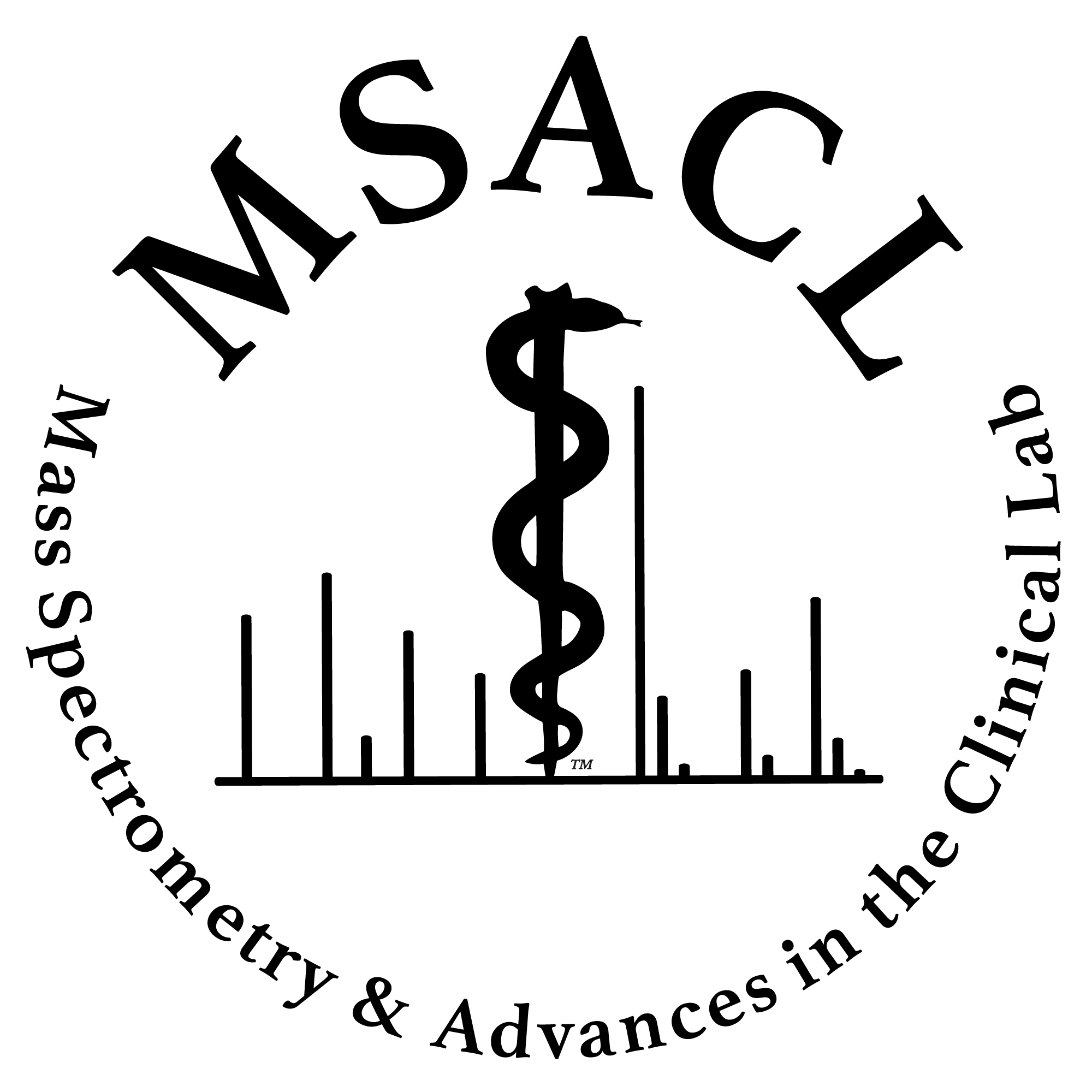MSACL 2023 Abstract
Self-Classified Topic Area(s): Tox / TDM / Endocrine > Precision Medicine > Assays Leveraging MS
|
|
Poster Presentation
Poster #47a
Attended on Thursday at 11:00
|
|
 Method Development and Validation of Paper Spray Mass Spectrometry Method for Quantitation of Remdesivir and Active Metabolite, GS-441524, in Plasma Method Development and Validation of Paper Spray Mass Spectrometry Method for Quantitation of Remdesivir and Active Metabolite, GS-441524, in Plasma
Hannah Zimmerman-Federle (1), Christine Skaggs (1), Nicholas Manicke (1, 2), Lindsey Kirkpatrick (3)
(1) Department of Chemistry and Chemical Biology, Indiana University-Purdue University Indianapolis, Indianapolis, IN 46202, USA.(2) Forensics and Investigative Sciences, Indiana University-Purdue University Indianapolis, Indianapolis, IN 46202, USA.(3) Department of Pediatrics, Division of Pediatric Infectious Diseases, Indiana University School of Medicine, Indianapolis, IN 46202, USA.

|
Lindsey Kirkpatrick, DO, PhD (Presenter)
Indiana University School of Medicine |
|
|
|
|
|
|
Abstract Introduction:
Remdesivir (GS-5734) is a nucleoside analog prodrug with antiviral activity against several single-stranded RNA viruses, including ebolavirus (EBOV), severe respiratory distress syndrome virus 1 (SARS-CoV-1), and Middle East respiratory syndrome coronavirus (MERS-CoV). In vitro studies of remdesivir and its active metabolite, GS-441524, also showed antiviral activity against the novel severe respiratory distress syndrome virus 2 (SARS-CoV-2), the causative viral pathogen of COVID-19, and it is one of the FDA-approved antiviral agents for the treatment of individuals with COVID-19. However, remdesivir pharmacokinetics and pharmacodynamics (PK/PD) data in humans is limited. It is imperative that precise analytical methods for the quantification of remdesivir and GS-441524 for use in PK/PD studies, therapeutic drug monitoring, and assessment of toxicity are developed.
Methods:
Seven-point calibration curves for remdesivir and its active metabolite, GS-441524, were created utilizing seven plasma-based calibrants of varying concentrations and two isotopic internal standards of set concentrations. Four plasma-based quality controls were prepared in a similar fashion to the calibrants and utilized for validation. No sample preparation was needed. Plasma samples were spotted on a paper substrate in pre-manufactured Verispray plastic cassettes and allowed to dry. The dried plasma spots were analyzed directly utilizing paper spray-mass spectrometry (PS-MS/MS). The method was validated, and the success of the validation was assessed by evaluating linearity, limits of detection (LOD), accuracy (% bias), precision (% CV), carryover, matrix effects, stability, and metabolic interferences. All experiments were performed on a Thermo Scientific Altis triple quadrupole mass spectrometer.
Results:
The calibration ranges were 20 – 5,000 and 100 – 25,000 ng/mL for remdesivir and GS-441524, respectively. The calibration curves for the two antiviral agents showed excellent linearity (average R2 = 0.99-1.00). The inter- and intra-day precision (%CV) across validation runs at four QC levels for both analytes was less than 11.2% and accuracy (%bias) was within ± 15%. Plasma calibrant stability was assessed and degradation for the 4 °C and room temperature samples were seen beginning at Day 7. The plasma calibrants were stable at -20 °C. No interference, matrix effects, or carryover was discovered during the validation process. The final method had an analysis time of 1.2 minutes.
Conclusion:
The development and validation of the first PS-MS/MS method quantitating remdesivir and its active metabolite, GS-441524, is reported. PS-MS/MS represents a useful methodology for rapidly quantifying remdesivir, which will be useful for clinical PK/PD, therapeutic drug monitoring, and toxicity assessment, particularly during future viral outbreaks.
|
|
Financial Disclosure
| Description | Y/N | Source |
| Grants | yes | NIH, Miravista Laboratories |
| Salary | no | |
| Board Member | no | |
| Stock | no | |
| Expenses | no | |
| IP Royalty | no | |
| Planning to mention or discuss specific products or technology of the company(ies) listed above: |
no |
|

